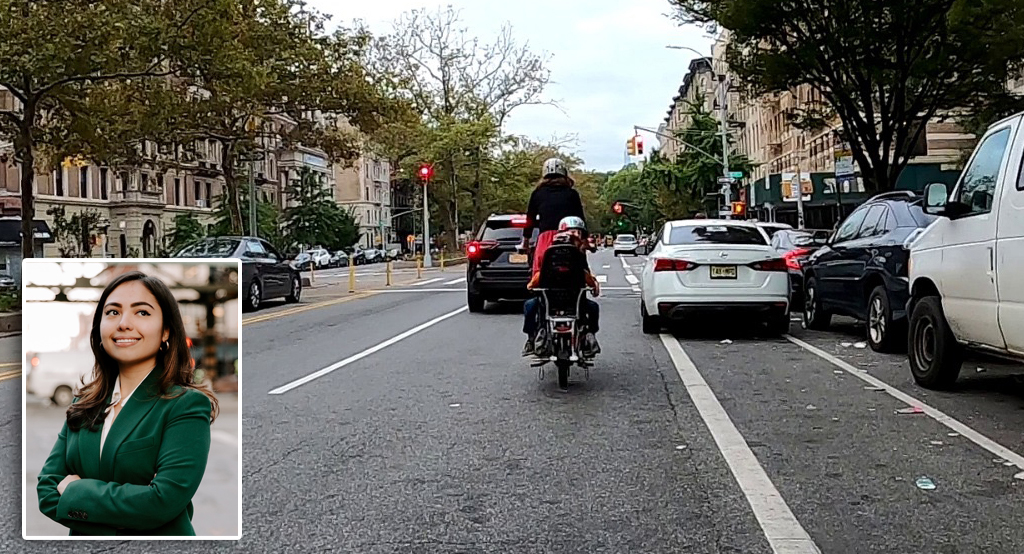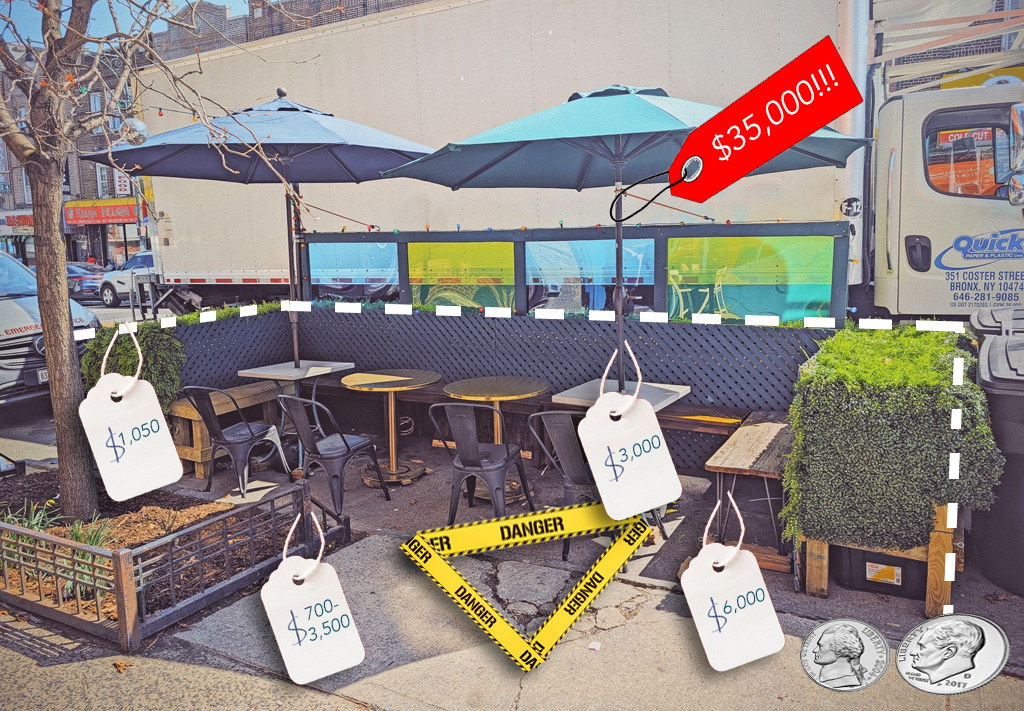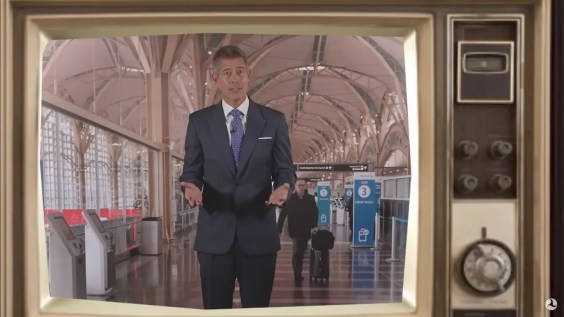
It wasn't your typical congestion pricing forum, but last night about 50 people got to hear the pros and cons of the Bloomberg plan debated in a relaxed, informal setting, with instructions from the moderators to keep drinking.
The event, sponsored by the London-based Institution of Civil Engineers, brought together two proponents and two critics of pricing at Manhattan's 11th Street Bar, in Alphabet City. Amidst the academic banter, kind lighting and cold pints, it was hard to imagine things would get all that heated. They didn't.
Not that the dialogue was short on substance. Critic Dr. John Falcocchio, Professor of Transportation Planning at Polytechnic University of New York, for instance, didn't seem to be against pricing as a concept as much as he was skeptical of the plan as proposed. According to Falcocchio, a variable pricing scheme based on the Stockholm program, rather than London's flat-rate model, would be a better fit for New York. Falcocchio said charging more during peak congestion times would speed traffic flow more effectively than a flat fee, which he believes will fail to reduce congestion "in a measurable way." Falcocchio acknowledged the transit benefit from pricing revenues, yet advocated for improved enforcement of traffic laws before a possible "gradual" implementation of pricing.
NYC DOT Director of Studies Thomas Maguire replied that enforcement is built into the plan, and that the city would like to have more red light cameras (which depend on approval by suspicious state lawmakers). Maguire also pointed out that there is no neighborhood in the city where a majority of commuters don't already take transit, but noted that some of the worst congestion is in "asthma alley" neighborhoods leading into Manhattan and the central business district. Driving, Maguire said, is a choice, and pricing uses a "carrot and stick" approach to encourage motorists to choose transit.
Representing the anti-pricing Queens Chamber of Commerce Keep NYC Congestion Tax Free, attorney Corey Bearak claimed that population projections cited by PlaNYC are "dead wrong" (talking point alert!), and are an "excuse" to squeeze the middle-class "schlump" who has to drive into Manhattan. Bearak said neighborhoods with asthma-stricken populations are located "nowhere near" the congestion pricing zone, and that too much of the anticipated pricing revenue would be devoted to administrative costs. Instead of pricing, Bearak said, the city should work on reviving the commuter tax.
After a round of queries from the audience to both sides -- including one about the city's "schizophrenia" when it comes to clipping bikes (out of DOT's hands, responded Maguire) and bike parking (no definitive answer here, other than possible isolated zoning adjustments) -- ICE moderator David Caiden called the question. "Congestion Pricing, as proposed in PlaNYC 2030, Solves Manhattan's Transport Problems," yea or nay?
Twenty-six audience members were polled in favor, with "not even 15" against.
As moderator, I don't believe Caiden was counted among the 26, but he could have been. "I think it should be $50," he said earlier in the evening, referring to charging "those evil-doers coming in by car."
"But I'm not at all biased," he added.
Photo: Brad Aaron





